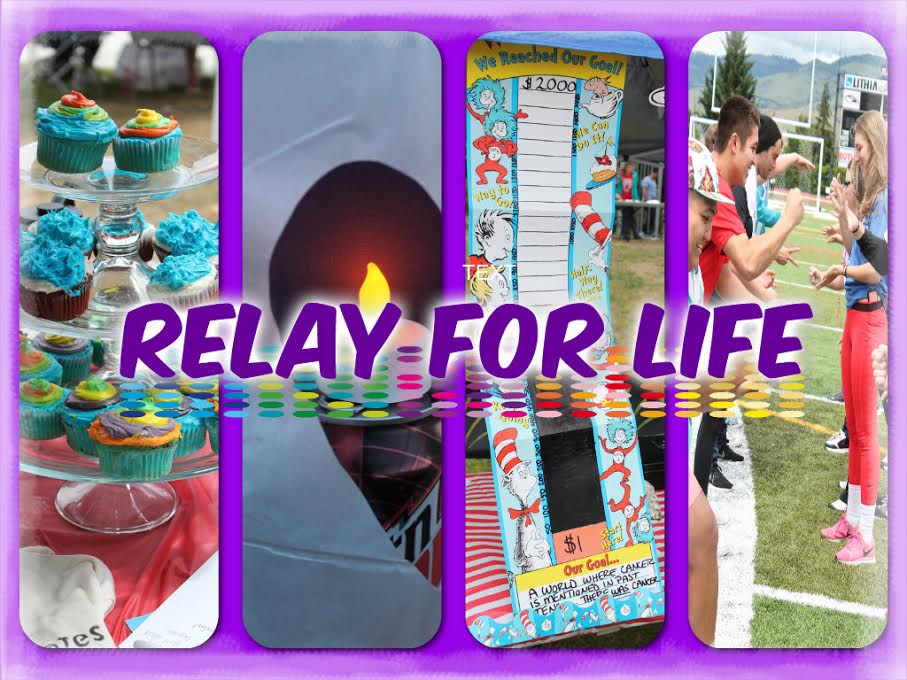It all started with Dr. Gordon Klatt, a colorectal surgeon from Tacoma, Washington. His desire to raise money for a good cause by doing something he personally enjoyed – running and walking around a track – eventually turned into a global phenomenon. A phenomenon we all know today as the American Cancer Society’s Relay For Life.
Klatt had wanted to enhance the income of the local ACS office, to do this he spent a grueling 24 hours circling the Baker Stadium track at the University of Puget Sound in May 1985. During which he ran and walked more than 83.6 miles while his friends, family, and patients watched and supported him. In his efforts, Klatt raised $27,000 through pledges for the fight against cancer. He envisioned others participating in this 24-hour event, and in 1986 a total of 19 teams were part of the first relay event at the historical Stadium Bowl and raised $33,000. Today, more than 5,000 Relay For Life events take place across twenty countries.
Ashland is no exception.
On a Saturday (May 16th), Southern Oregon University hosted its very own Relay For Life at the SOU Raider Stadium. This year’s theme featured the idol of Dr. Seuss, including Horton Hears A Who, Green Eggs & Ham, The Lorax, Cat in the Hat, and more.
Lucas Donart, a member of the committee crew for Relay For Life, shares that “this year’s turnout was really great” and according to online statistics, there were 36 teams and 356 participants, whom altogether raised over $27,000! The event itself included several activities for everyone to partake. From running laps to lip sync battles, hair cutting, face painting, water balloon and Rock-Paper-Scissor competitions, the Raider Stadium definitely seemed to be thriving with life.
The event itself ran from 10am on Saturday to 7am on Sunday. For those who decided to stick it out with the committee all day and night, these Relayers slept in tents and danced until the sun came up. One of the most symbolic and memorable events being hosted was the Luminaria Ceremony, which took place at dusk. This ceremony is a time to remember people who have lost to cancer, to support people who currently have cancer, and to honor people who have fought cancer in the past. The power of this ceremony lies in providing an opportunity for people to work through grief and find hope.
This event brings together those whose lives have been affected by cancer one way or another. To raise hope as well as money. Join the cause. Join the fight.




